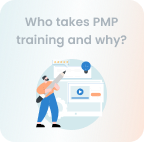







 10 Sep 2024
10 Sep 2024
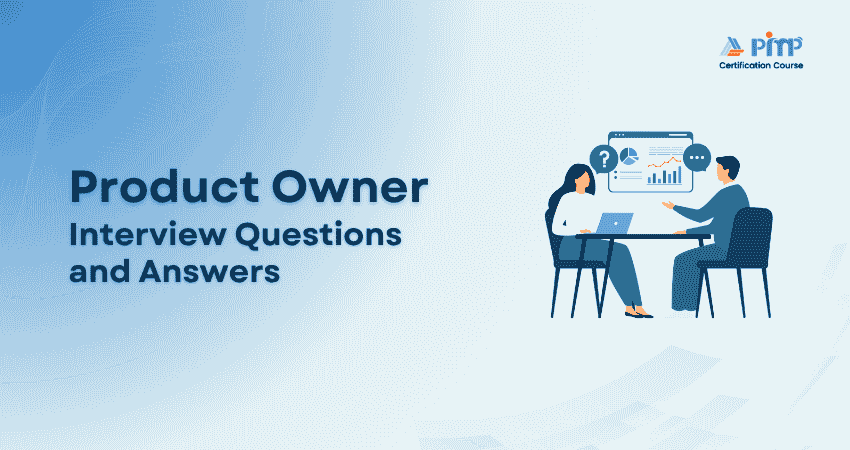


The biggest risk is not taking any risk. As a Product Owner, that mindset isn’t just inspirational; it is highly expected. In every interview, you're not just being assessed for your Agile knowledge or backlog skills. You’re being measured on how confidently you make decisions, manage uncertainty, and balance stakeholder demands without losing sight of the product vision.
This blog brings you 30 powerful Product Owner Interview Questions, complete with answers that demonstrate leadership, collaboration, and business decisions. Get ready to stand out, not just by knowing the right answers, but by thinking like a Product Owner from the moment the interview begins. Let's begin!
Table of Contents
1) Product Owner Interview Questions and Answers
a) What typical responsibilities do you handle as a Product Owner?
b) Can you share an example where you demonstrated the soft skills needed for this role?
c) How do you prioritize tasks and features in the product backlog?
d) Is it feasible for the Product Owner and Scrum Master to be the same individual?
e) How would you explain a product increment?
f) What makes a product backlog item effective?
g) What is the ‘Definition of Done,’ and who is responsible for defining it?
h) How many Product Owners should a single Scrum team have?
i) When is the best time to conduct backlog refinement?
j) How do you recognize and address risks during product development?
2) Conclusion
Here are some of the most commonly asked Product Owner Interview Questions and answers along with clear, thoughtful answers to help you prepare and stand out during your interview:
As a Product Owner (PO), I manage the product backlog, write user stories, and decide which features come first. I also act as the main bridge between the business and the development team. My goal is to make sure we’re building the right product that gives value and fits the business goals.
In one project, two of my teams disagreed on when a feature should be done. I listened to both sides, helped them understand each other, and created a plan that worked for everyone. It kept the project on track and avoided any delays.
I check how valuable a task is for our business, how urgent it is, how it affects users, and how much effort it takes. Using frameworks like MoSCoW or WSJF helps make decisions. I also talk with stakeholders regularly and modify priorities based on customer feedback and market conditions. It is a balance of delivering quick wins while building towards the long-term vision.
While it is possible in small teams, I don’t recommend it. Both roles have different focuses. The Product Owner (PO) focuses on what to build, and the Scrum Master supports the team’s process. Mixing these roles can cause confusion and overload the team.
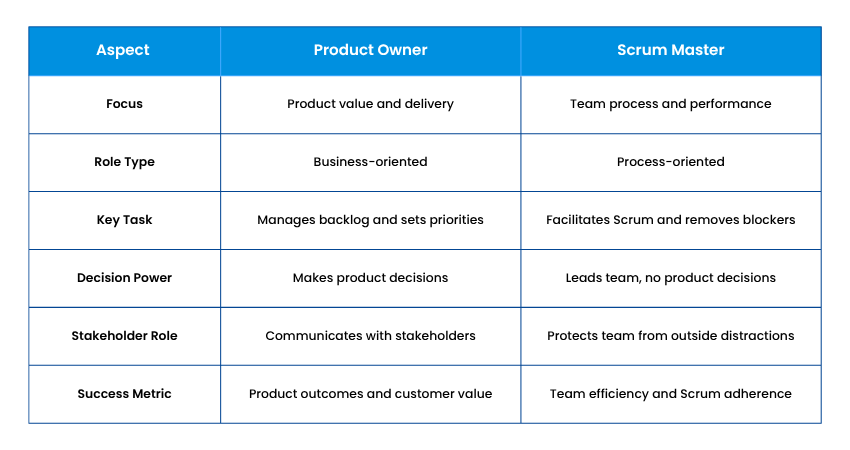
A product increment is the sum of all the completed backlog items during a sprint, integrated into the existing product. Even if it isn't released, it should still be usable and satisfy the Definition of Done. It is one step closer to the finished product, which is being prepared for release or feedback.
A good product backlog item needs to be clear, valuable, small enough to complete, and easy to test. It should follow the INVEST rule: Independent, Negotiable, Valuable, Estimable, Small, and Testable. This ensures Developers understand the requirement and can deliver a solution that meets user demands.
Build strong fundamentals for your project with our Certified Associate in Project Management (CAPM) ® Training – Register today!
It is a checklist that says when a task or feature is truly completed, tested, reviewed, and ready to use. The whole Scrum team creates it together and agrees on it. Later, the Product Owner and Scrum Master ensure it satisfies stakeholder expectations.
Each Scrum team should only have one Product Owner. With this, you can avoid conflicting priorities and ensure a single source of truth for the product backlog. If the scope is broad, a scaled Agile model like SAFe can be applied to coordinate across multiple teams.
Backlog refinement is a continuous process that takes place once in every sprint, usually in the middle of the sprint. The goal is to ensure that the product backlog Items are properly defined, prioritized, and estimated in order to get them ready for the upcoming sprint.
I use sprint reviews, retrospectives, and stakeholder input to identify risks. I classify them as technical, market, or operational. I also work with the team to use backup plans, proof of concepts, or spikes to mitigate them early.
Velocity, which is usually expressed in story points, is the average quantity of work that a Scrum team finishes in a sprint. It promotes planning, offers continuous improvement, and helps forecast future delivery capacity.
I use Jira for backlog management, Miro for group planning and workshops, and Confluence for documentation. I choose tools based on their ease of use, integration capabilities, and the team's familiarity. They help maintain transparency and support remote collaboration.
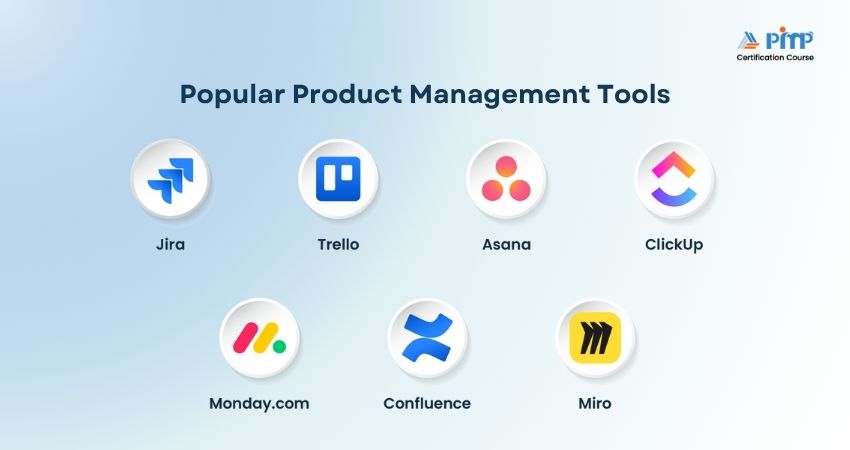
The sprint goal is collaboratively set by the Scrum team during sprint planning. While Developers evaluate viability, the Product Owner suggests goals based on business priorities. A common commitment for the sprint is reflected in the final goal.
I maintain a product roadmap that balances long-term goals with incremental short-term deliverables. Regularly reviewing priorities with stakeholders and adjusting based on feedback ensures we make consistent progress without losing sight of the actual goal.
It depends on complexity, but typically 10–20% of the sprint capacity can be set for discovery work. Discovery should be time-boxed and goal-oriented, focusing on validating assumptions quickly through user research, prototypes, or technical spikes.
Enhance your leadership career with our Program Management Professional (PgMP)® Certification – Join now!
Acceptance criteria are predefined conditions that a product backlog item needs to meet to be accepted as complete. They’re defined collaboratively. The Product Owner outlines the business need, and Developers or QA may contribute to clarify technical and test requirements.
I encourage my team to share ideas freely without fear of being judged. I support trying new things, even if they don’t always work. When someone comes up with a creative solution, I praise and highlight it. This helps everyone feel confident and motivated to innovate.
A Burn Down chart visually tracks remaining work against time in a sprint. It helps identify early signs of overcommitment, scope creep, or impediments, enabling timely interventions. It also promotes team accountability and transparency.
Vision is the long-term goal of what we want the product to become. Strategy explains how we plan to reach that goal through focused actions and priorities. The roadmap breaks the strategy into a timeline of features and milestones. Together, they lead the product from idea to delivery.
I would lead a retrospective discussion to find the root causes, be it unclear requirements, overcommitment, or external blockers. We’d then adjust the next sprint’s scope, improve backlog refinement, and look at team capacity planning for future cycles.
I engage stakeholders early and often to actively listen to their concerns. If conflicts arise, I focus on the shared business goals and use data to support decisions. Empathy, transparency, and consistent communication go a long way in building trust.
Change is inevitable. I check the impact of new requirements on the current scope, timelines, and priorities. If the change is urgent and of high value, I will adjust the sprint in collaboration with the team. Otherwise, it goes into the backlog for prioritization.
I work with the Designers and Developers to incorporate accessibility requirements from the start, using standards like WCAG. I include accessibility in the Definition of Done, write user stories with inclusive design in mind, and support accessibility testing.
I select KPIs based on product goals, such as user engagement, conversion rates, NPS, or feature adoption. I track them via analytics tools and review trends during sprint reviews or roadmap sessions to inform future decisions.
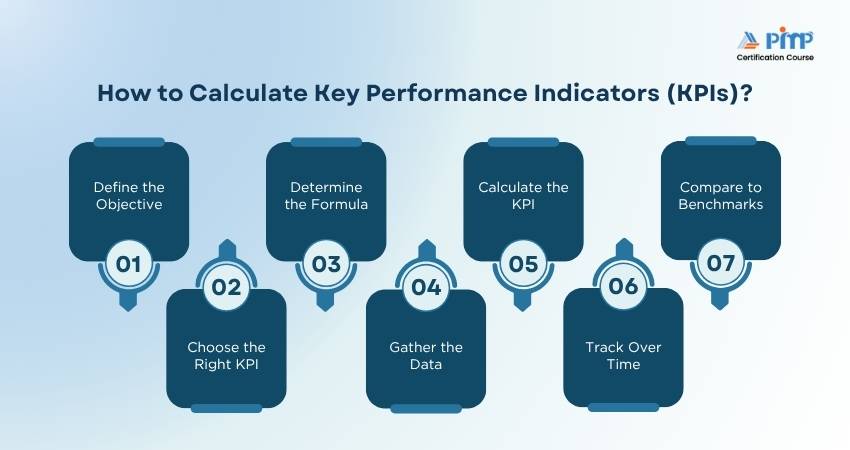
While not mandatory, having a techno-functional background helps bridge communication between business and technical teams. It enables better decision-making, more accurate backlog grooming, and smoother coordination during development.
Manage your project portfolios effectively with our Portfolio Management Professional (PfMP)® Certification – Sign up soon!
I’ve led cross-functional teams that included Developers, UX Designers, Quality Analysts, and marketing teams. I ensure collaboration by maintaining a shared understanding of goals through open discussions and promoting mutual respect. Tools like user story maps and daily stand-ups enhance strong teamwork.
Adaptability. Agile environments are always dynamic. Being open to change while staying focused on customer value and stakeholders helps navigate uncertainty, resolve issues quickly, and keep the team motivated and aligned.
I share the vision early and repeat it often, during planning, refinement, and reviews. I also create visual roadmaps, user personas, and mock-ups. Regular question and answer sessions and open Slack channels for questions ensure clarity and engagement.
Yes, I write user stories before giving them to the development team. I make sure each story is clear and easy to understand. Before the sprint starts, I review the stories with the team and ask for their input. This way, everyone knows what needs to be done and nothing is confusing.
I start by listening to what each stakeholder wants and try to understand their goals. Then I explain the product vision clearly, so everyone knows the bigger picture. I find common ground and show how their needs can fit into the plan. This helps keep everyone aligned without losing focus on the main goal.
Being a Product Owner requires more than just Agile knowledge. It is a delicate blend of strategic thinking, user empathy, communication, and leadership. These Product Owner Interview Questions and answers will not only help you anticipate what might be asked but also prepare you to respond with confidence and clarity. Remember, the best Product Owners don’t just answer questions. They tell stories that highlight vision and leadership.
Lay the groundwork for your future in Project Management with our PMI Project Management Ready® Certification – Explore now!






© Copyright 2025. All rights reserved. Contact: PMP® TRAINING ACADEMY.


